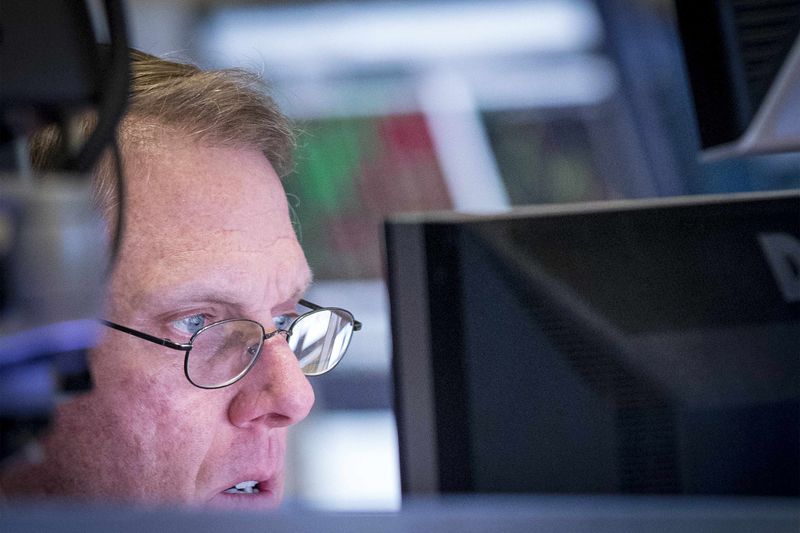Quiver Quantitative - The U.S. economy's robust performance in the fourth quarter of 2023, with a 3.3% growth rate, was a display of resilience against the backdrop of aggressive interest rate hikes by the Federal Reserve. This growth, the fastest in two years, outpaced the predicted downturn, showcasing the strength of consumer spending and sound economic management.
Despite the Federal Reserve's tightening monetary policy, the economy's expansion exceeded expectations. This was driven by a mix of increased exports, government spending, and business investment. Even with the looming threat of rate hikes, the U.S. economy demonstrated a capacity to withstand financial pressures, largely thanks to the dynamism of consumer spending and a robust labor market.
Market Overview: -US GDP unexpectedly soars at 3.3% in Q4, defying recession predictions and bolstering market sentiment. -Strong consumer spending and resilient business investment fuel growth, while inflation shows signs of further cooling. -The "Goldilocks" scenario keeps Wall Street happy but delays imminent Fed rate cuts, with focus shifting to May meeting.
Key Points: -Robust data, exceeding analyst estimates, paints a picture of a resilient economy humming in spite of aggressive Fed tightening. -Consumer spending remains the undisputed engine, buoyed by wage gains and easing inflation pressures. -Mixed business investment and neutral inventory build-up add nuance to the overall positive picture. -Labor market data shows slight uptick in jobless claims, but remains strong in the broader context.
Looking Ahead: -The Fed is likely to hold rates steady at its upcoming meeting, with investors now eyeing May as the potential starting point for cuts. -The focus shifts to corporate earnings as tech giants report in coming weeks, impacting the "Magnificent 7" rally and market direction. -Balancing robust growth with potential inflationary hiccups like lingering housing price pressures will be crucial for both the Fed and market stability.
As the fourth quarter saw an uptick in consumer expenditure and a drop in inflation rates, the economic landscape appeared stable. This stability was further reinforced by a resilient labor market, marked by a moderate rise in jobless claims. The sustained growth and cooling inflation have shifted expectations regarding the Federal Reserve's interest rate decisions, with markets now predicting a more cautious approach.
The financial markets reacted to this economic data with a sense of cautious optimism. The dollar gained strength against other currencies, and U.S. Treasury yields showed a decline. The positive economic indicators suggest that while the Fed might maintain its current interest rate range in the upcoming meeting, there is potential for a more accommodative policy as the year progresses, especially if the economy continues to exhibit strength against inflationary pressures.
This article was originally published on Quiver Quantitative
